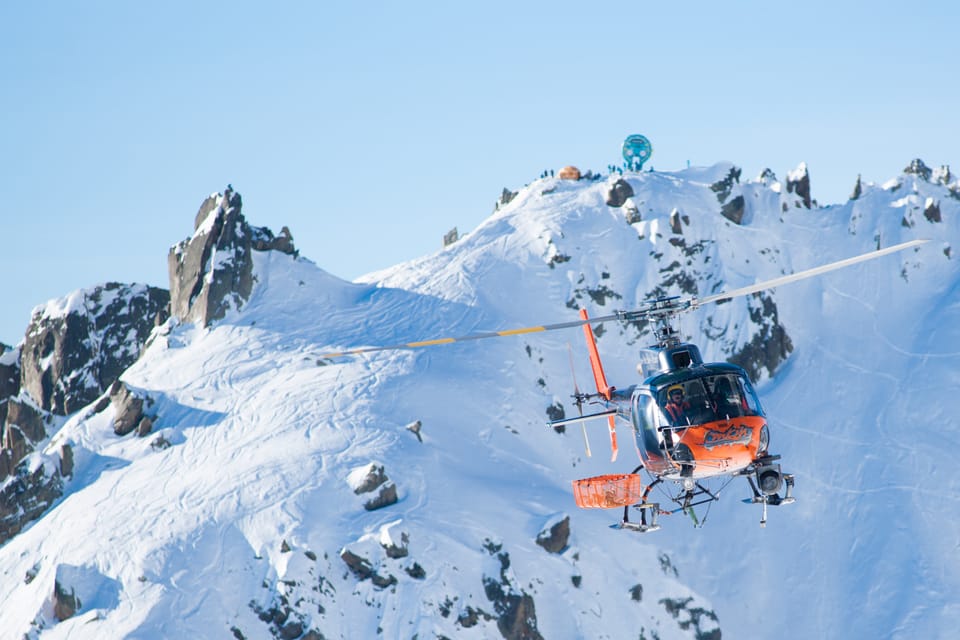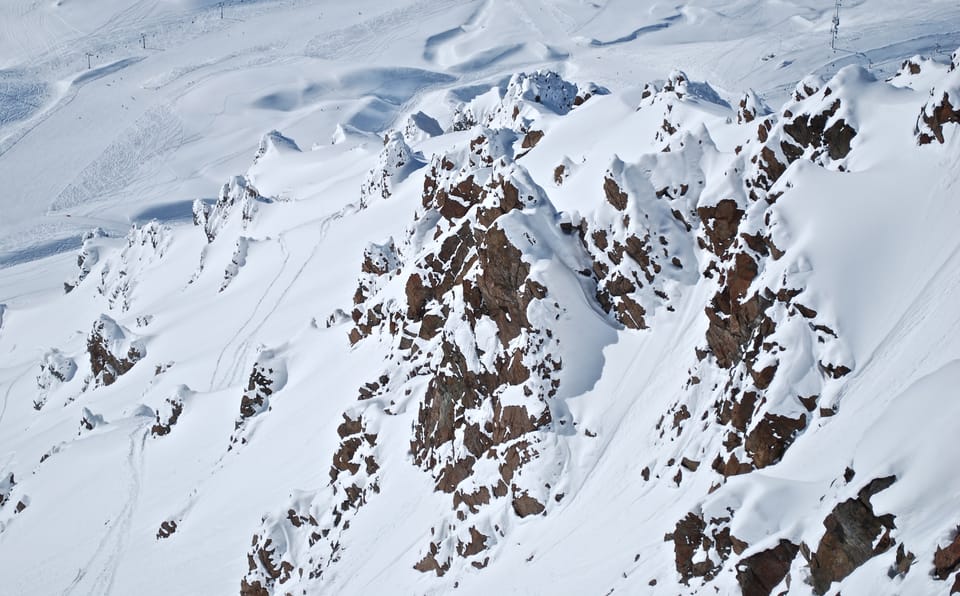Danger in the Woods: Tree Wells
Whoever heard of tree wells? Everyone knows about avalanches, but isolated ski fatalities from tree wells don’t attract the same hysterical coverage.
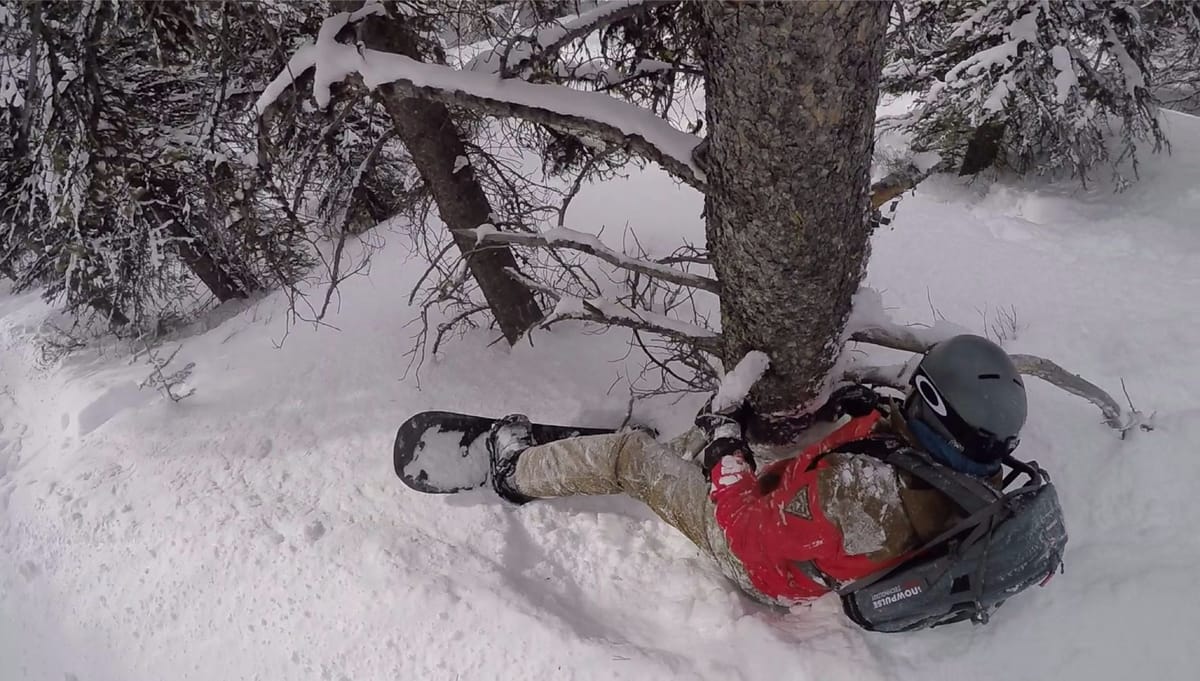
Some figures claim tree wells are responsible for a whopping 20% of ski deaths, and in recent experiments carried out in N. America where volunteers were placed in tree wells, 90% were unable to free themselves. Tree wells they can be avoided. First, check out this very illustrative video below then read on…
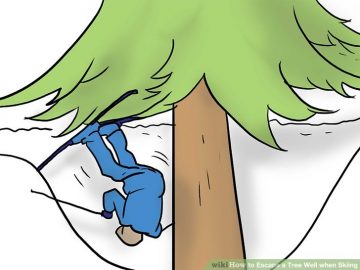
A tree well is where snow fails to compact around the bottom of the tree trunk, prevented by the lower branches. Extremely common after heavy snowfall, coniferous trees with big lower branches weighed down by snow leave a bowl shaped mini-crater around the trunk. Loose powder, air pockets, and water vapour from the trunk change the consistency of the snow, creating a potentially lethal trap for any passing skier or boarder. Anyone falling into the tree well, typically headfirst, unable to free their boots from their board or skis, sinks further the more they struggle, burying them alive in the quicksand-like snow. The cause of death – Snow Immersion Suffocation (SIS).
Paul Baugher, Director of the Northwest Avalanche Institute, and expert on the subject of SIS, says, “It’s like a one-way street. You go through, you don’t come out. And the lethal position is inverted. Head down.”
Once in the tree well, the branches close around their victims like curtains, and they can be easily overlooked by anyone passing.
Golden rule number one for avoiding upside down snow suffocation in a tree well is easy – only ski on piste! However, if banning off-piste is off limits, then let’s start at rule number two. Never ski alone. The best defence against tree wells is to ski with a friend who can help you escape them. A scary 90% of tree well victims were solo skiers or boarders. Don’t just ski the same line as your ski buddy, but be within constant sight and shrieking distance of each other. If you lose sight of your ski buddy, slow down and stop. SIS happens fast, and on a silent tree-filled mountain, it’s difficult to locate one hidden skier beneath one tree. Most tree well victims were simply not found in time.
If you have to go alone, avoid the tree lines. Remember to tell someone where and when you are going, and when you expect to be back.
If you are unlucky enough to fall into a tree well, this is your plan.
1. Keep calm! Any panic kicking or wriggling dislodges more powder and may hasten your demise. Try to keep still and to stop digging yourself in any further. Make a breathing space around your face, and try rocking back and forth to make a hollow. Call for help if you can.
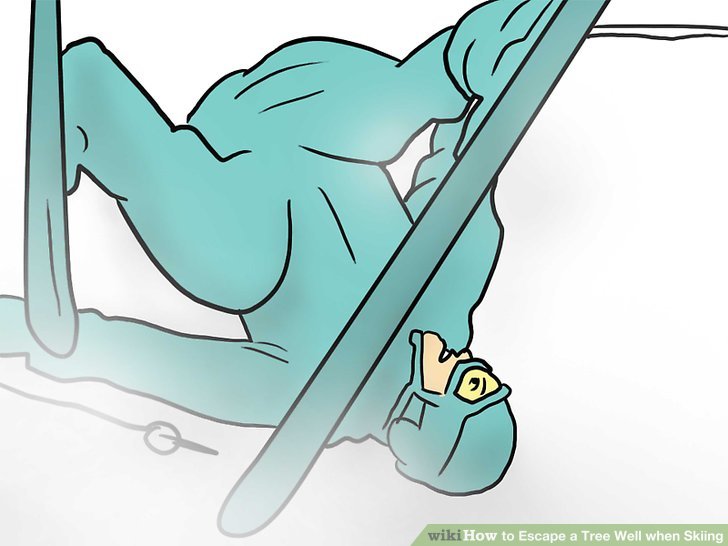
2. Tree hug. If you are near to the tree trunk, or any sturdy branch, try and grab hold of it and use it to inch your way upwards. Any passing potential rescuers will also find it easier to spot you.
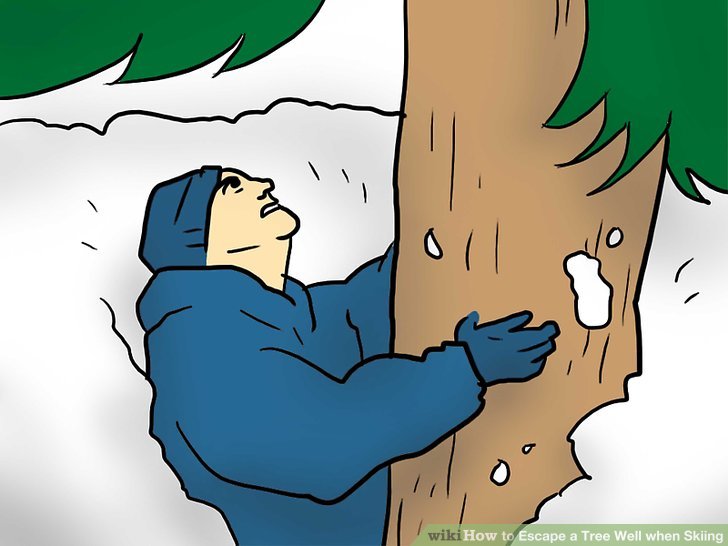
3. Air pockets. Tree wells aren’t comprised of compacted snow so there may be pockets of air. If you can find an air pocket carefully try and move your head into the area. This will give you vital extra time to extricate yourself or await rescue.
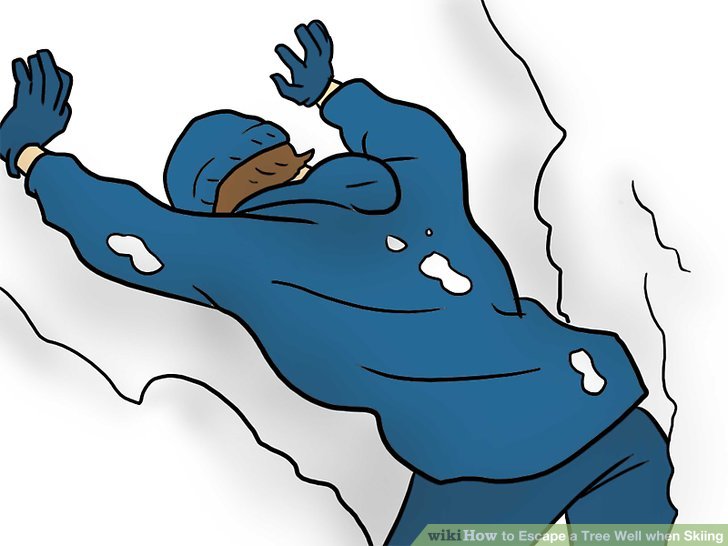
4. Move. If you can move, try to gradually get out of the well. Avoid sudden movements that might cause more snow to fall.
5. Get away! If you are clear of the tree well make sure you move away to avoid falling back into the same well or another.
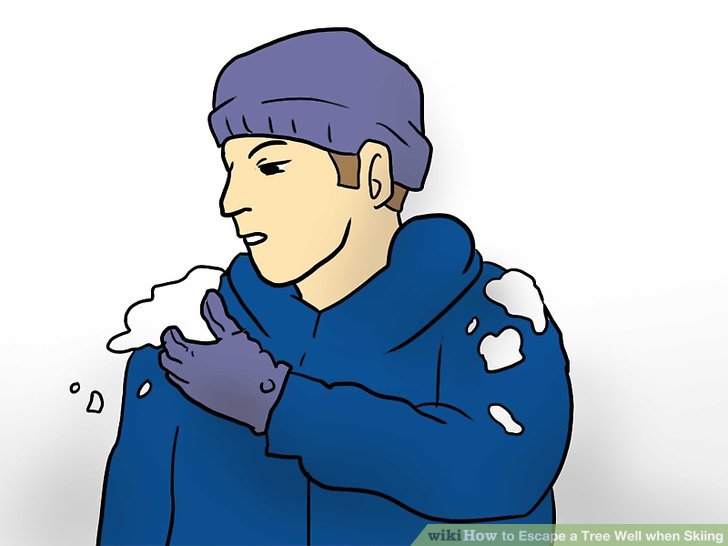
The images above are used under Creative Commons license, taken from an article that originally appeared on Wikihow


